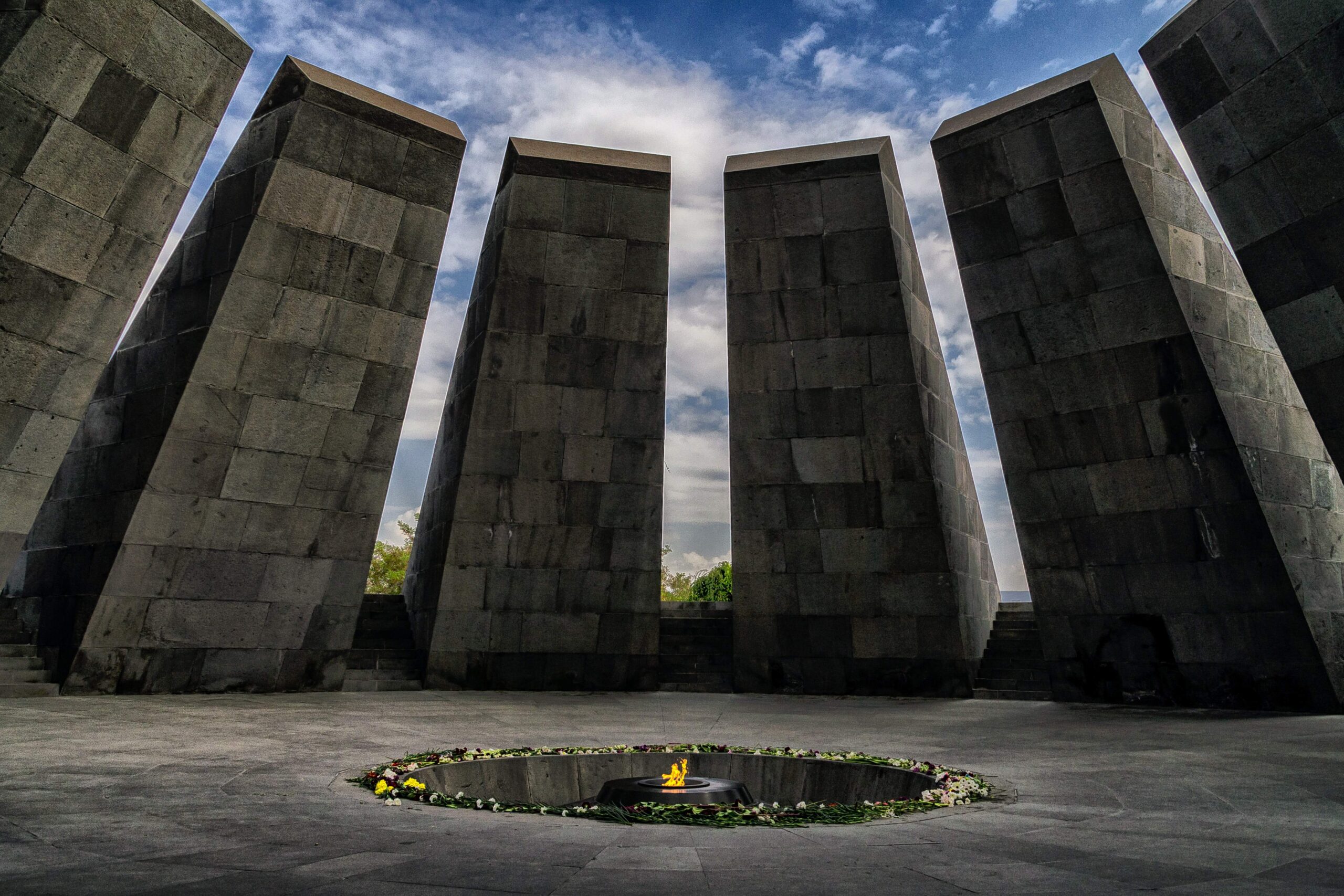April 24th to some may just be another spring day, but to an entire country and community of people, it’s a significant day of remembrance for their fallen ancestors. The Armenian Genocide was a massively devasting event that does not have light shed on it often, so days like today are incredibly important to recognize. By taking the time to remember the horrors that spanned nearly a decade, we can hopefully generate conversations that will help us make sure we do not find ourselves repeating the past.
What is the Armenian Genocide?
The Armenian Genocide spanned nearly a decade during World War I, officially being recognized as beginning in 1915 and lasting all the way until 1923. The heart wrenching attacks against the Armenians taking residence in the Ottoman Empire were originally carried out by the Young Turks government group and then furthered by the Kemalist government. Their ideology was to create the “Great Turan,” a plan to expand their region to reach from the Bosphorus Strait to the Altai, a republic region of Russia. The Young Turks viewed the Armenians in the Ottoman Empire as obstacles in this mission and spent 1911 and 1912 plotting ways to exterminate them in order to accomplish their land growth plan. Then with World War I starting in 1914, they were able to begin to take action to execute the plan and did so in a 4-phase plan.
The first phase of their plan was drafting 60,000 Armenian men into the Ottoman army and then subsequently disarming them and having Turkish soldiers, meant to fight alongside the Armenian men, murder them. The second phase was an event that occurred on April 24th, 1915, which then lead to April 24th being the recognized day of remembrance. On this day in 1915, the Young Turks arrested hundreds of Armenian intellectuals and state leaders. They then proceeded to murder all those that they arrested. The third phase began when the Ottoman leaders exiled mass amounts of women, children, and elderly people to Syria. On this exile trek, thousands were murdered, killed by an epidemic disease, or forcibly Islamized. The fourth phase is one that in a way is still continuing today. The Turkish government, even while the events were actually occurring, denied all accounts of harm being done to the Armenian people. They pushed altered versions of history and propaganda to act as if the crimes against humanity that they were actively doing had never happened.
To put a numeric value on the atrocities that occurred from 1915-1923, there were nearly 2 million Armenians living in the Ottoman Empire prior to World War I. By 1923, 1.5 million Armenians had been killed, and any that were still alive had been exiled or Islamized. To this day, Turkey continues to pretend they were not behind one of the world’s biggest genocides, and many let them get away with it. Turkey continues to engage in a cultural genocide of the Armenian culture that once was present in the region. They renamed cities and historic sites, destroyed countless Armenian monuments, and converted Armenian churches into mosques.
The horrors that the Armenian people faced from 1915-1923 did not truly end in 1923. They are forever haunted by the atrocious acts against their ancestors, the erasure of their culture, and the coverup attempts to hide that these acts were done against them. It is important for anyone, not just those of Armenian descent, to remember these events every day, but especially today. If you have the means to, show support to the Armenian community today. Go to a local Armenian restaurant, go to an Armenian owned business, or donate to an Armenian foundation. It is incredibly important to always show support for this marginalized group, but especially today the 108th anniversary of the Armenian Genocide and Day of Remembrance.




